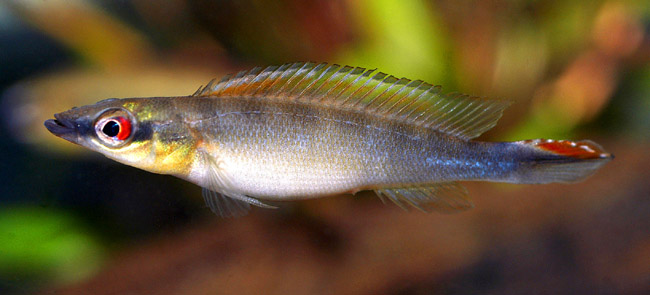
Crenicichla sp. Bolivia Citrus Pike
Group: Regani
Distribution: So far known only from Rio San Martin, Beni, Bolivia.
Size: 3-4 inches
Comments: New species.
Collected by Jeff Cardwell and myself in September 2004. Our group was staying at the remote, 2700-acre 'El Prado' jungle ranch, a few hours upriver from the villages of Magdalena and Bella Vista on Rio San Martin, near Bolivia's border with Brasil. Besides the food we brought with us, there was little to eat but the Cichla we caught, some rice and grapefruit that was growing in a nearby tree. Someone had eaten the citrus fruit and tossed the rind along the shallows of the river. While night collecting along the banks, we discovered one of these pikes under every grapefruit rind, hence the name Citrus Pike. There isn't a whole lot of documented endemism in the Beni, Mamore and Guapore systems like you might find in the clear water rivers of eastern Brasil, but it appeared that most of the cichlids we encountered in Beni were a slightly different analog of their central amazonian counterparts. Bolivia has its own Geophagus, Satanoperca, Mesonauta, undescribed Cichla, etc. Same goes for pikes - we saw at least two species of spangled pikes found no where else, an undescribed reticulata type, C. adspersa and this fish was the local dwarf pike. Heiko Bleher believes that the biodiversity hot spot maps that invariably point to Peru and Ecuador miss an even hotter spot by leaving out Bolivia. I agree.
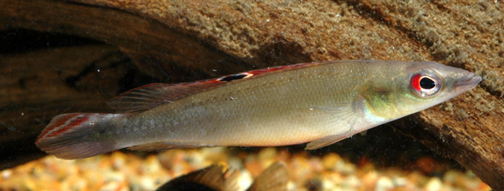
Before dawn, about 2 days into our stay at El Prado, we heard a lot of wind and felt a cold draft in our little cottage. I thought I was getting sick, but when I woke up and walked out, it felt like January in Los Angeles. I checked the thermometer and it read 54 degrees F. I rubbed my eyes and checked it again. It then read 53. The chattering of my teeth confirmed it. What the hell?! This was supposed to be the Amazon - it should feel like Florida in July - nasty hot. But here I was, freezing my ass off! I then panicked about the fish we had in tubs outside. They all seemed fine. I ran down to the river and measured the water temp. It was between 63 and 64. Yikes! There was a stiff wind and getting waist deep in water with a wind chill factor was quite unappetizing. Thanks to LAB (Bolivian national airline) misplacing our baggage, I had a pair of shorts and a t-shirt to protect myself from the elements. No point bitchin', so we got in the water and got wet. We caught a ton of healthy cichlids doing quite well in the cold water - Satanoperca pappatera, Geophagus sp., Crenicara latruncularium, Mesonauta festivus, Acaronia nassa, Apistogramma staecki, A. maciliensis, Biotodoma cf. cupido, Aequidens viridis, Crenicichla sp. aff. semicincta and Laetacara cf. dorsiger. The cold front subsided in 2 to 3 days. A lesson learned about the southern Amazon - not having any mountains to block the wind, they get blasted by cold winds from the south called Surazo, even as far north as 10 degrees south of the equator. Little happy apistos in 64 degree water. Wow!
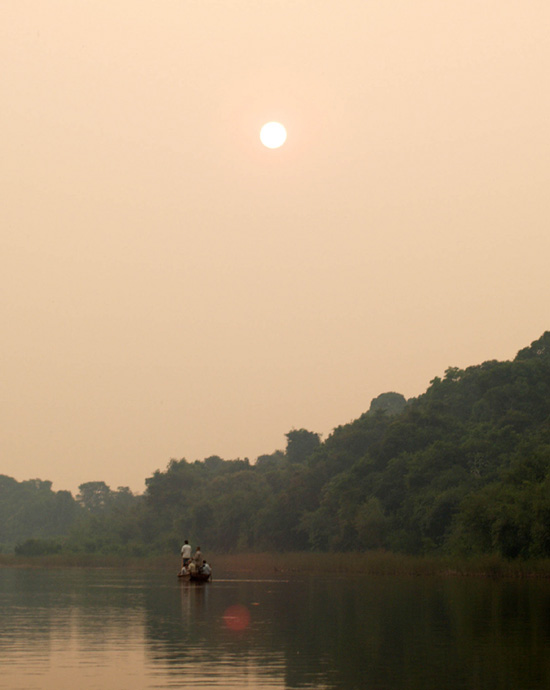
September is the 'Burning Season' in Bolivia - ranchers set the dead grasses ablaze believing that fires will bring better rains soon. Not so sure about that...but I was sure that my eyes were burning the entire 10 days and I coughed for a few months after I returned home. And mind you, I live in smoggy LA. All the smoke in the air reduced visibility down to less than 100 feet on somedays. This meant that the Cessna that dropped us off on a grassy field in Magdalena could not return to pick us up. Apparently the Bolivian government has stopped all domestic flights indefinitely. This meant we had to travel a few hours by canoe, frequently stopping to push the canoe off sand banks because the river had dropped dramatically in the days we were there. And then find a 10-hour ride to Trinidad and then find another 10-hour ride back to Santa Cruz and civilization. That truck ride to Trinidad is something I will never, ever forget - it was one of the most bumpy, uncomfortable, dusty and cramped rides I've ever taken and I thought it would never end. It put many proverbial hairs on my chest. But what nature took away in comfort, it returned in wildlife - we saw just about every South American savannah animal and bird known to man.
When we got to Trinidad, a stinky, open-sewer town, we were mobbed by about 15 or 20 local kids. Within seconds, my bag with all my Citrus Pikes and my return plane ticket was gone. Poof!
So the fish I got home are purely a result of Jeff Cardwell's generosity and sympathy.
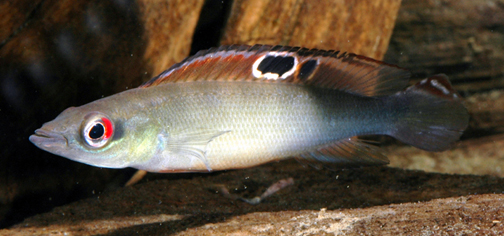
Once home, these fish acclimated quickly and turned out to be the most peaceful dwarf pikes I'd ever kept. I had 7 adults in a 60 gallon tank with no torn fins. They are more demanding than C. regani when it comes to feeding. After two years in captivity, they still refuse pellets. I housed them with a half dozen sympatric Crenicara latruncularium.
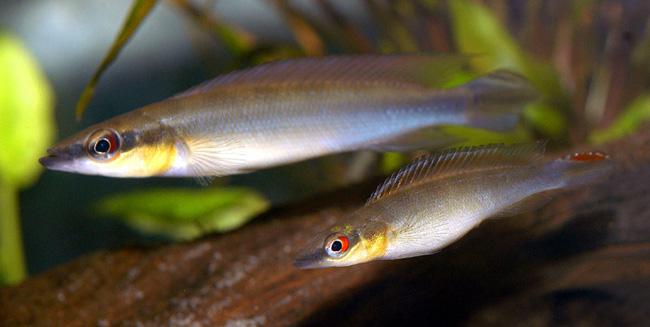
I had two Citrus Pike pairs form in my tank but neither of them laid eggs. The males recently died and I'm now left with two females. Jeff's Citrus Pikes have all died as well. So it appears these are not as easy to spawn as C. regani. I've exchanged emails with Wolfgang Staeck and he seems to have the same fish as well. I do not know if his have spawned but it is possible that he is working on a formal description of the species. Other than my two females, I do not believe that anyone else in the US has this fish. I've had quite a few inquiries about fry, but until Jeff and I return to the property along Rio San Martin, which we've become co-owners of and since reclassified as a 'Reserva Privada Natural', I'm afraid we will not have any more of these fish to work with.
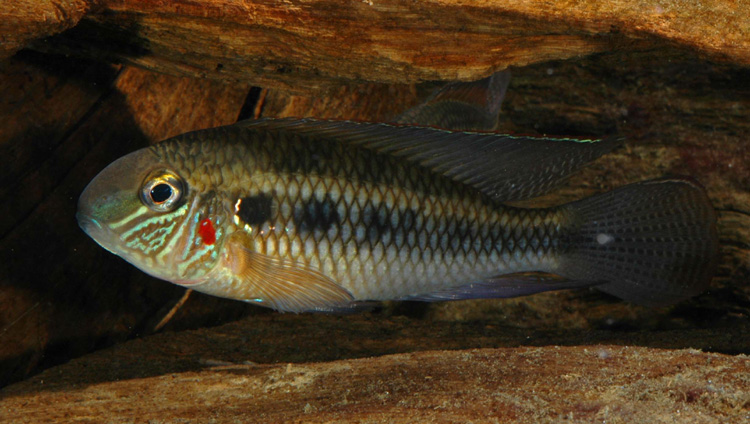
| Back to ==> Home / Pike Photos / C. sp. Bolivia Citrus Pike |
| Home | Pikes | Neotropicals | Collecting | Photography | Personal | Links | Site map |

|
http://geocities.datacellar.net/NapaValley/5491
Latest update: 13 August 2006 Comments on this page: email me at vin dot kutty at gmail dot com |